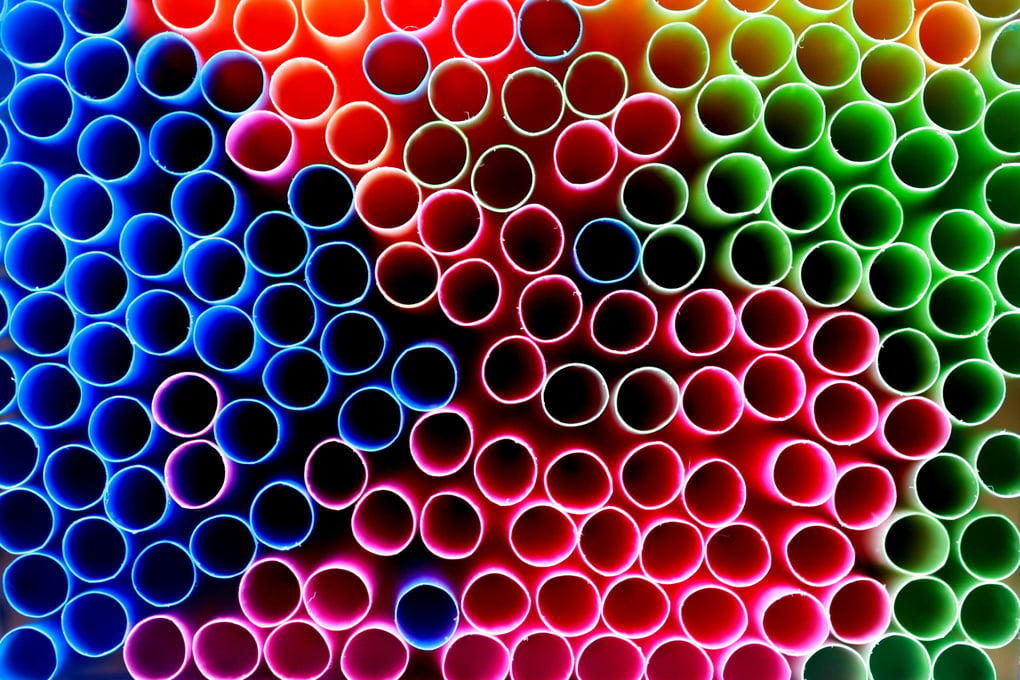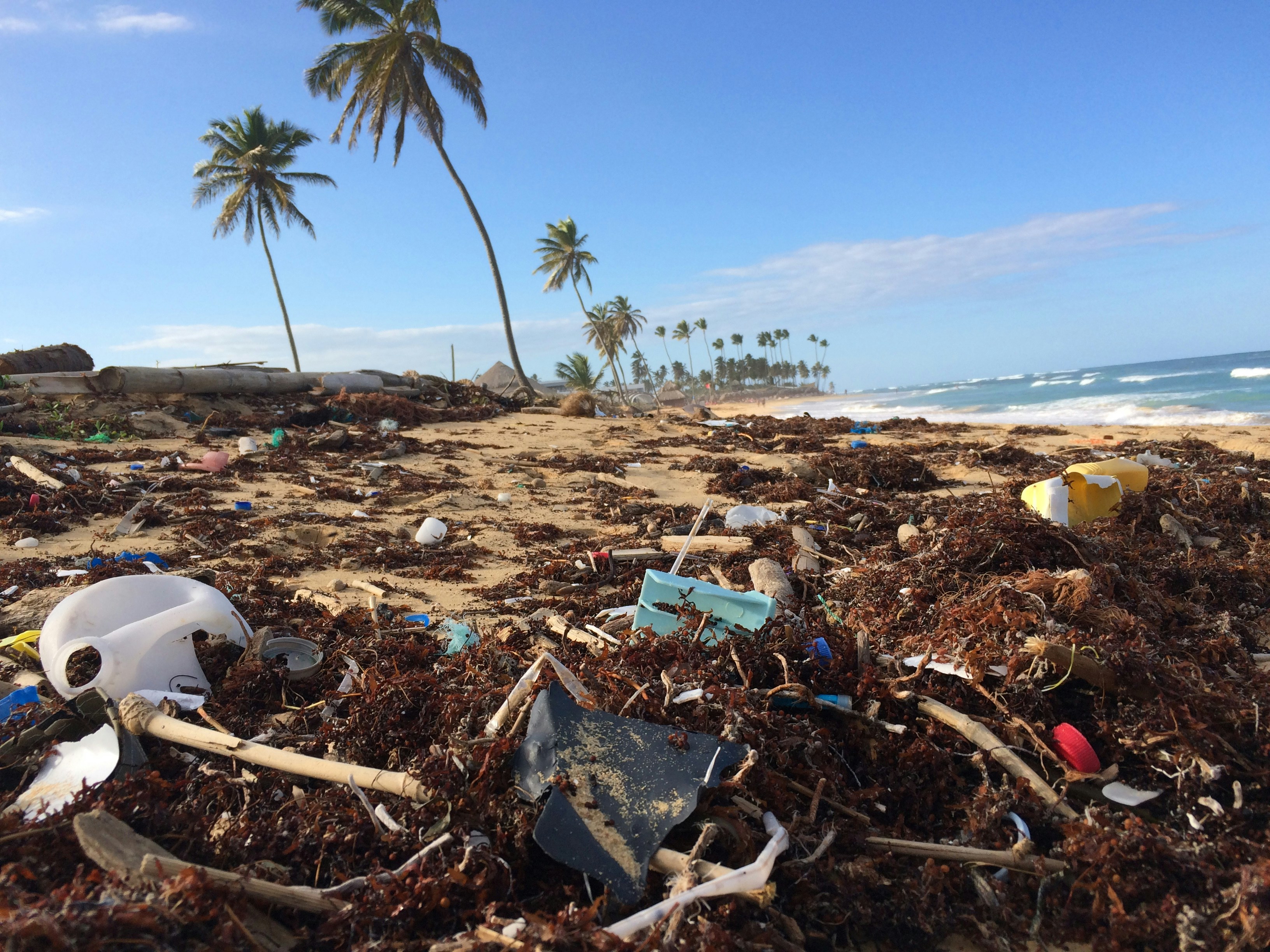Mindlessly throwing around plastic straws like they are nothing is such a simple thing to do when going to a restaurant or a local coffee shop. As a server at a hibachi restaurant, I sure as heck did at some point. Plastic straws just seem so small and innocuous, what difference could be made by throwing out just one more in the trash? Well, since many people have that same mentality, it is not surprising to hear that Americans alone use five-hundred million plastic drinking straws on a daily basis. Visualizing all of that plastic that has accumulated on earth due to humans is almost impossible to do.
What is being done?
Sensibly, as a result of this plastic pollution, many places have been considering ways of regulating the waste created by straws. Seattle was the first major city to ban single-use plastic straws. Also, California was the first state as a whole to enforce plastic straw regulations by banning restaurants from giving out disposable straws unless specifically requested.
A Straw Ban and Bubble Tea

There are some questions to be raised from the topic of plastic pollution that are startling enough to make college students across America quake: What would it mean for bubble tea shops if all plastic straws were banned nationwide?! Would college students be willing to accept straws of alternative materials, or would they become less obsessed with the popular dessert drink?
My Experience with Reusable Straws
Recently in my own life, I have been trying to be more conscious about the negative effects that plastic products have on the environment. My increased awareness was prompted by various internet articles that I stumbled across and also discussions about microplastics that were had in my Materials Processing class. Even though single-use plastic straws only make up about 4% of plastic trash by piece, there are still thousands of tons of new straws that pollute landfills and harm sea life yearly. Eliminating my use of plastic straws was just one simple way I could help the planet.
About a month ago, I purchased two glass straws: one regular-sized and the other with a larger diameter drinking hole for bubble tea. I get bubble tea about once a week, which I thought justified getting the large straw in addition to the regular one. One reason why I chose glass as opposed to bamboo or stainless steel is that glass straws are made in a size that actually works for bubble tea. (There are 12 millimeter-wide stainless steel straws that say that they are for bubble tea, but reportedly do not fit tapioca bubbles through them, while my glass straw is 15 millimeters wide and can definitely fit bubbles through it.)

When I got my straws in the mail, I’m going to be honest, I was pretty jazzed; a little bit too jazzed to just be receiving some little glass tubes. In the following days after having received them, I began cutting out my use of all plastic straws. When I went to Starbucks, I brought my mason jar and glass straw with me. On my commute to and from school, as well as when I was relaxing at home with a drink, I would use my straw. A slightly more interesting experience was had when I used my new bubble tea straw for the first time.

I noticed first that there wasn’t a super convenient way of poking through the sealed plastic layer over the top of my cup, so I ended up having to cut it open with a knife. (This wasn’t a huge deal but it simply wasn’t as convenient as using a plastic straw with a pointy end to stab through the lid). In terms of actual usage, it was unusual to drink with the glass straw because it was very bulky and felt strange in contrast to the soft bubbles. After using my bubble tea straw a few more times however, I got used to the overall feel of it. When I got a hot Thai tea with bubbles, it was nice that the glass did not heat up quickly and my mouth didn’t get burned.
My Conclusion
Bubble tea practically requires people to use straws to have a complete drinking experience, which stinks. Those small pieces of plastic are only used for a couple of minutes and are then thrown out and left to sit in the ocean for centuries. The most viable option to replace plastic bubble tea straws in a straw ban would be to use straws of other materials such as glass, bamboo, aluminum, paper, or even pasta.
Based on the opinions of the people around me, I do not think many college students would be as willing as a pseudo-hippie like myself to carry around reusable straws all the time. I think it would be good for bubble tea shops to incentivize customers bringing their own reusable straw by offering a slight discount on drink orders. Shops that seal their cups could also use modified lids that have a weaker point in the middle so that the blunt ends of non-plastic straws could poke through them.
Overall, I think that bubble tea shops need to start thinking about potential straws bans as soon as possible. It would be nice if they encouraged their customers to be more environmentally conscious because it would slightly reduce plastic waste and would prepare people for a plastic straw ban. If states did ban plastic straws completely, some people would have to adapt to using reusable straw options, and hopefully in the future there will be new biodegradable options that will work for drinking bubble tea.
(It is important to acknowledge that plastic straws are important for some disabled individuals to be able to eat/drink. This article is written from the standpoint that those who are physically able to abstain from plastic straw usage are encouraged to use the alternatives that are available.)


